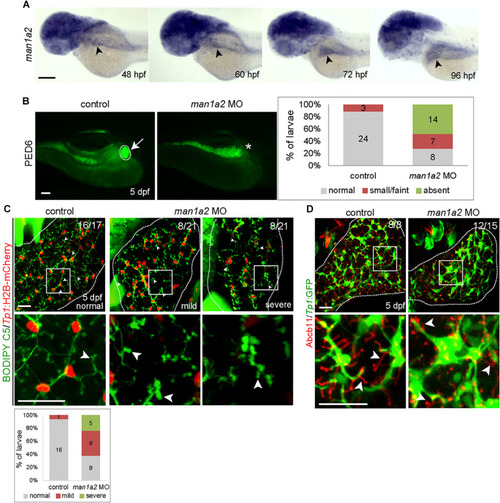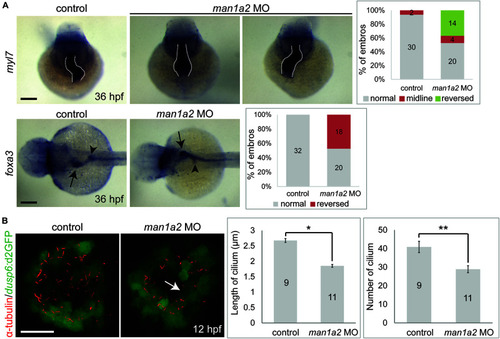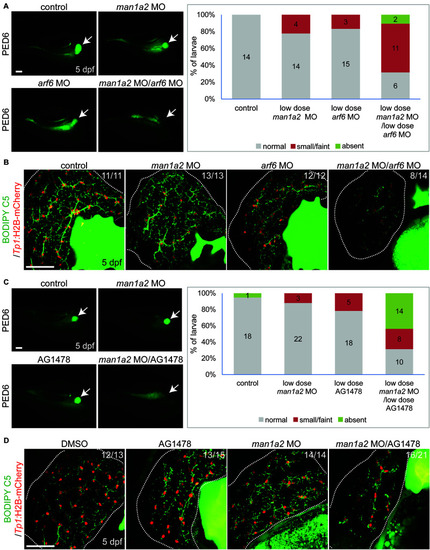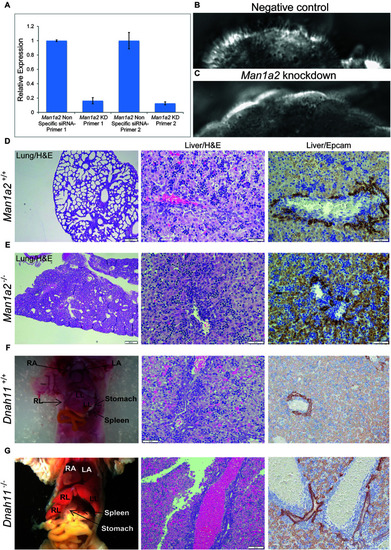- Title
-
Biliary-Atresia-Associated Mannosidase-1-Alpha-2 Gene Regulates Biliary and Ciliary Morphogenesis and Laterality
- Authors
- So, J., Ningappa, M., Glessner, J., Min, J., Ashokkumar, C., Ranganathan, S., Higgs, B.W., Li, D., Sun, Q., Schmitt, L., Biery, A.C., Dobrowolski, S., Trautz, C., Fuhrman, L., Schwartz, M.C., Klena, N.T., Fusco, J., Prasadan, K., Adenuga, M., Mohamed, N., Yan, Q., Chen, W., Horne, W., Dhawan, A., Sharif, K., Kelly, D., Squires, R.H., Gittes, G.K., Hakonarson, H., Morell, V., Lo, C., Subramaniam, S., Shin, D., Sindhi, R.
- Source
- Full text @ Front. Physiol.

ZFIN is incorporating published figure images and captions as part of an ongoing project. Figures from some publications have not yet been curated, or are not available for display because of copyright restrictions. PHENOTYPE:
|

ZFIN is incorporating published figure images and captions as part of an ongoing project. Figures from some publications have not yet been curated, or are not available for display because of copyright restrictions. PHENOTYPE:
|

ZFIN is incorporating published figure images and captions as part of an ongoing project. Figures from some publications have not yet been curated, or are not available for display because of copyright restrictions. |
|
|
|
|
|
EXPRESSION / LABELING:
PHENOTYPE:
|
|
Genetic interaction among |
|
|
|
|






